(By Khalid Masood)
In a move that sends powerful ripples across the geopolitical landscape from the Middle East to South Asia, Pakistan and the Kingdom of Saudi Arabia have signed a historic ‘Strategic Defence Agreement’. The signing ceremony in Jeddah, attended by Pakistani Prime Minister Shehbaz Sharif and Saudi Crown Prince Mohammed bin Salman, marks the formalisation of a seventy-year strategic relationship, transforming an unwritten understanding into a binding, ironclad accord. This agreement is far more than a diplomatic formality; it is a calculated response to a rapidly shifting global order and a declaration of strategic autonomy that fundamentally reshapes regional security dynamics.
I. The Core of the Accord: A Pact Sealed in Steel
At the heart of this landmark agreement lies a clause of profound significance, one that leaves no room for ambiguity. It establishes a framework of collective defence, moving the two nations into a formal military alliance.
“An Attack on One is an Attack on Both”
The central nervous system of the accord is its mutual defence clause. This tenet explicitly states that any external military aggression or attack against the territorial integrity and sovereignty of one signatory will be considered a direct attack on the other. This legally binding commitment necessitates a joint, coordinated, and immediate response. Whilst the precise rules of engagement and operational protocols are detailed in classified annexes, the public declaration alone serves as a formidable deterrent. It replaces the previous model of ad-hoc assistance and strategic ambiguity with a guarantee of certainty. Potential adversaries must now contend with the reality that any military action against Islamabad or Riyadh will trigger a two-front response from two of the most powerful military forces in the Muslim world. This transforms the strategic calculus for any nation planning aggression against either country.
Beyond the Battlefield: Economic and Diplomatic Dimensions
Whilst the military clause is the headline, intelligence from diplomatic circles suggests the agreement is a multi-layered strategic compact. It reportedly includes robust provisions for deepening cooperation in defence production, aiming to reduce reliance on Western hardware by co-developing military technology. This could range from small arms and drones to more sophisticated missile technology and cyber warfare capabilities. Furthermore, the accord is believed to contain clauses related to intelligence sharing, creating a permanent joint intelligence directorate to monitor regional threats. Critically, it also likely includes economic security guarantees. This could manifest as an automatic stabilisation package from Riyadh to Islamabad in the event of a national security crisis, ensuring that Pakistan’s economy can withstand the pressures of a potential conflict, thus bolstering its military endurance.
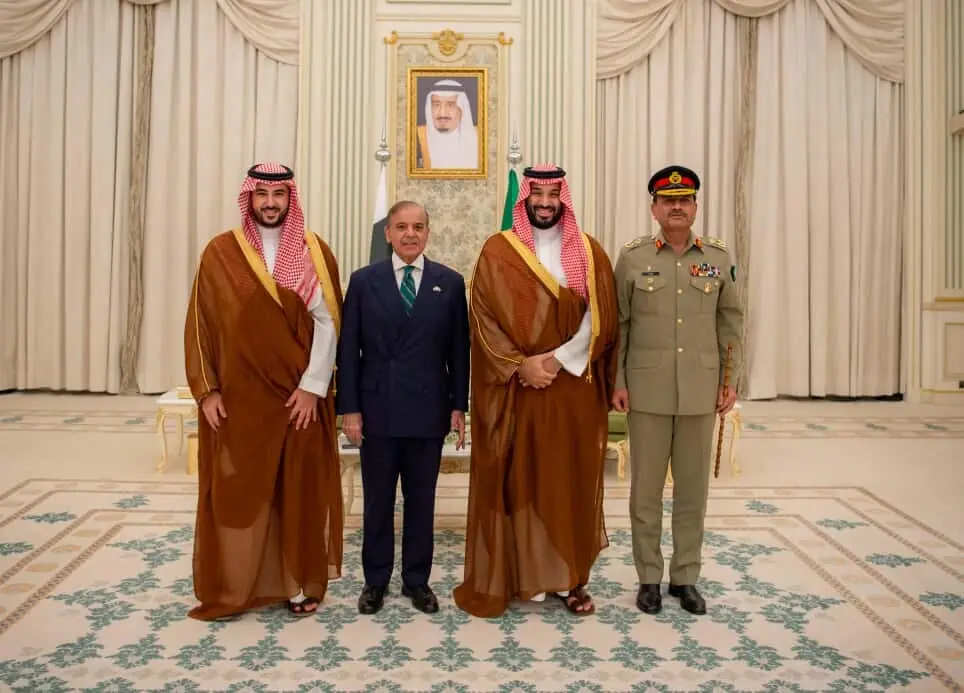
II. A Seventy-Year Alliance: The Historical Bedrock
This formal accord did not emerge from a vacuum. It is built upon a deep and resilient foundation of cooperation that has weathered numerous regional and global storms for over seven decades.
From Pan-Islamic Solidarity to Strategic Imperatives
The bond between the two nations was forged at Pakistan’s inception in 1947, rooted in a shared Islamic identity. However, this fraternal bond quickly evolved into a pragmatic strategic partnership. During the Cold War, both nations aligned with the Western bloc, finding common cause against Soviet expansionism. It was during the 1960s and 70s that Pakistan’s role as a de-facto security provider for the Gulf began to take shape. Pakistani military advisers played a crucial role in training the nascent Royal Saudi Armed Forces. Pakistani pilots famously flew combat missions for several Arab air forces, including Saudi Arabia’s, during regional conflicts. The deployment of the Pakistani Armed Forces’ contingents to Saudi Arabia, particularly during the Iran-Iraq War and the 1990-91 Gulf War, became a cornerstone of this relationship. Pakistan provided military manpower and expertise, and in return, Saudi Arabia provided critical strategic depth and financial support.
The Economic Lifeline: Riyadh’s Role in Islamabad’s Stability
The security relationship has always been underpinned by a powerful economic dimension. Saudi Arabia has consistently acted as Pakistan’s economic lifeline during its recurrent balance-of-payment crises. Riyadh has provided billions of dollars in direct financial aid, soft loans, and, most critically, deferred oil payment facilities. These economic interventions have often been timed to coincide with periods of heightened security threats or domestic instability in Pakistan, demonstrating a clear understanding in Riyadh that Pakistan’s economic stability is intrinsically linked to its capacity as a regional security partner. This new accord likely formalises this dynamic, turning discretionary aid into a structured component of a broader security alliance.
III. The Catalyst for Formalisation: Why Now?
Whilst the relationship is historic, the decision to formalise it now is a direct response to recent, dramatic shifts in the regional and global security environment.
The Doha Shockwave and the Quest for Self-Reliance
The recent Israeli airstrike in Doha served as a profound psychological shock to the Arab and Islamic world. It demonstrated that even immense wealth and strategic location could not guarantee sovereignty against a technologically superior adversary. The emergency Arab-Islamic summit convened in its aftermath was characterised by a unified condemnation of the attack and, more importantly, a searing critique of the existing international security architecture. Leaders openly questioned the reliability of Western security guarantees, leading to a powerful consensus on the need for greater collective security and strategic self-reliance. This accord between Pakistan and Saudi Arabia is the most tangible and potent outcome of that sentiment—a clear signal that key regional powers are now taking their security into their own hands.
A Shifting Global Order and Regional Realignment
The timing is also influenced by the perceived strategic withdrawal of the United States from the Middle East. As Washington pivots its focus towards the Indo-Pacific, traditional allies like Saudi Arabia feel a growing need to diversify their security partnerships. The Kingdom’s leadership, under its Vision 2030, seeks to establish itself as a global power, and this requires a security posture that is not solely dependent on Washington. Aligning formally with a nuclear-armed state like Pakistan, which possesses a large, battle-hardened army, is a masterstroke in this strategic realignment. It provides Riyadh with an unparalleled deterrent against its primary regional rival, Iran, and elevates its status as the undisputed leader of a new, emerging security bloc.
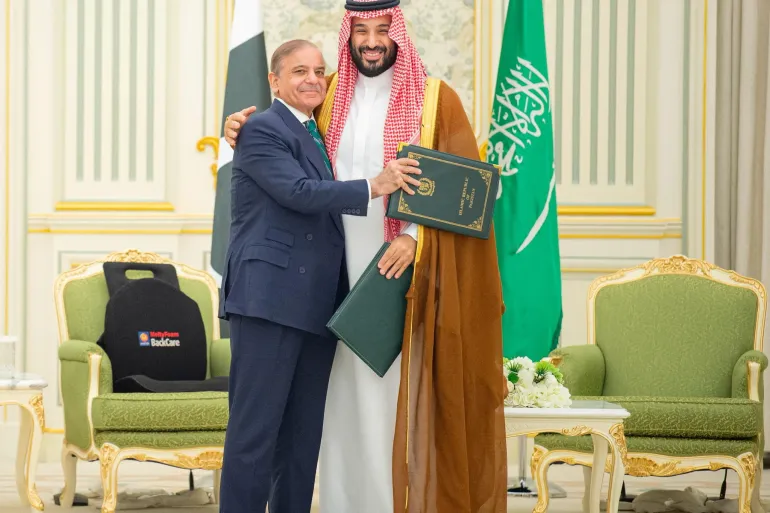
IV. Geopolitical Ripples: Reactions from Regional and Global Capitals
The signing of this agreement has been met with a mixture of quiet concern and intense analysis in capitals around the world.
Tehran’s Cautious Gaze
For Iran, this accord is a significant strategic challenge. It formalises a powerful military axis on both its western and southeastern borders. Whilst diplomatic relations between Riyadh and Tehran have thawed recently, this move underscores the deep-seated strategic competition that defines their relationship. Tehran will view this as an attempt by Saudi Arabia to create a Sunni-led military bloc, potentially forcing Iran to strengthen its own alliances with powers like China and Russia and accelerate its own advanced military programmes.
New Delhi’s Strategic Recalculation
In New Delhi, the agreement will be viewed with serious concern. India has invested heavily in building strong diplomatic and economic ties with Saudi Arabia and other Gulf states. This accord complicates India’s strategic environment, particularly its planning for a potential two-front conflict with Pakistan and China. The prospect, however remote, of Saudi assets or support being available to Pakistan during a conflict introduces a new and challenging variable into their military calculus. It will compel India to engage in a delicate diplomatic balancing act, seeking to preserve its Gulf partnerships whilst managing the new strategic reality.
Washington’s Complex Position
For the United States, the accord is a double-edged sword. On one hand, Washington has long encouraged its allies to take on a greater share of the security burden. This agreement can be framed as a positive step in that direction. However, it also signifies a move towards a multi-polar regional order where US influence is no longer paramount. Washington will have concerns about the potential for this alliance to take actions that could run counter to US interests, and the scenario of a regional conflict escalating to draw in a nuclear-armed Pakistan remains a matter of grave concern for the Pentagon and the State Department.
V. The Burning Question: The India-Pakistan Contingency
The most immediate and critical question arising from this accord, particularly from a South Asian perspective, is its implication for a potential conflict between India and Pakistan. Would Saudi and other Arab forces actively join Pakistan in a war against India?
Interpreting the Clause: Defining an “Attack”
The answer is complex and resides in the political interpretation of the agreement’s terms. The mutual defence clause is triggered by an “attack,” but the definition of what constitutes a casus belli is intentionally flexible. A limited cross-border skirmish at the Line of Control in Kashmir, for example, is unlikely to trigger a full-scale Saudi military response. However, a large-scale Indian military incursion across the international border, a significant aerial attack on major Pakistani cities, or any action that threatens the strategic stability of Pakistan would almost certainly invoke the accord. The final decision would be a political one, made in Riyadh at the moment of crisis.
The Saudi Calculus: Interests vs. Obligations
In such a scenario, Saudi Arabia’s response would be governed by a careful calculus of its treaty obligations versus its own national interests. India is a major economic partner for Saudi Arabia—a top trading partner, a massive market for its oil, and a destination for Saudi investment. A full-blown war between India and Pakistan would be catastrophic for regional stability and global energy markets, directly undermining the economic goals of Saudi Arabia’s Vision 2030.
Therefore, Saudi Arabia’s most likely course of action would be a graduated response:
- Immediate and Overwhelming Diplomatic Intervention: Riyadh would use its immense diplomatic leverage to pressure New Delhi and mobilise the Organisation of Islamic Cooperation (OIC) and the Gulf Cooperation Council (GCC) to demand an immediate cessation of hostilities.
- Massive Financial and Logistical Support: The Kingdom would open its coffers to Islamabad, providing emergency financial aid to stabilise its economy and fund its war effort. It would also likely provide critical military logistics, such as fuel, spare parts, and ammunition, and open its airspace and naval facilities for Pakistani military use.
- Intelligence and Satellite Support: Riyadh would provide Pakistan with real-time satellite imagery and signals intelligence on Indian troop movements.
Direct military intervention, such as sending the Royal Saudi Air Force into combat against India, remains the least likely option but is now a contractually obligated possibility. It would be a final, desperate option, taken only if Pakistan’s territorial integrity were under existential threat. In essence, the accord guarantees that Pakistan will not be left to fight alone, but Saudi Arabia’s primary contribution would likely be to underwrite Pakistan’s war effort financially and diplomatically, rather than deploying its own troops on the front lines against India.
VI. The Road Ahead: A New Security Architecture for the Region?
This agreement is not an endpoint but the beginning of a new strategic chapter for the region. Its conclusion carries with it both the promise of stability and the peril of heightened conflict.
Expanded Conclusion: A Shield for Stability or a Sword of Division?
To describe this defence accord as a “double-edged sword” is to acknowledge its profound and contradictory potential. The ultimate outcome—whether it fosters a more secure region or a more dangerously polarised one—is not yet written and will depend on the statesmanship of all actors involved.
On one hand, the accord acts as a powerful shield for stability. Its primary function is deterrence. By making the consequences of an attack on either nation prohibitively high, it theoretically reduces the likelihood of such an attack ever occurring. This strategic clarity forces potential adversaries to act with far greater caution. For Islamabad and Riyadh, this creates a security umbrella under which they can pursue economic development with greater confidence, insulated from external threats. In this most optimistic reading, the pact acts as a stabilising anchor in a turbulent region, preventing miscalculations and deterring aggression through overwhelming strength.
Conversely, the very strength of this pact means it can also function as a sword that deepens regional fault lines. By formalising the Islamabad-Riyadh axis, it almost inevitably forces other regional powers, chiefly Iran, to consolidate their own opposing blocs. This risks triggering a new, more sophisticated arms race and hardening the geopolitical polarisation between the Gulf states and Iran. Furthermore, the alliance raises the stakes of any regional crisis. A conflict that might have previously been localised could now escalate rapidly through “entrapment,” where one ally is dragged into the other’s conflict. A flare-up in Yemen could draw in Pakistan, just as a crisis in Kashmir could compel a Saudi response. In this pessimistic reading, the pact does not prevent war but instead makes any future war larger, more complex, and vastly more destructive.
Conclusion
In essence, the Strategic Defence Agreement between Pakistan and Saudi Arabia is a pivotal moment in the region’s history. It is a calculated move to forge a new security paradigm based on self-reliance and mutual assurance. At its best, this pact will serve as a powerful deterrent, creating a shield of stability that discourages aggression. However, it also risks deepening divisions, hardening geopolitical blocs, and raising the stakes of any future crisis. Ultimately, whether this historic accord becomes a cornerstone of peace or a catalyst for wider conflict will depend entirely on the wisdom and restraint of the regional leaders who now navigate this new strategic landscape.


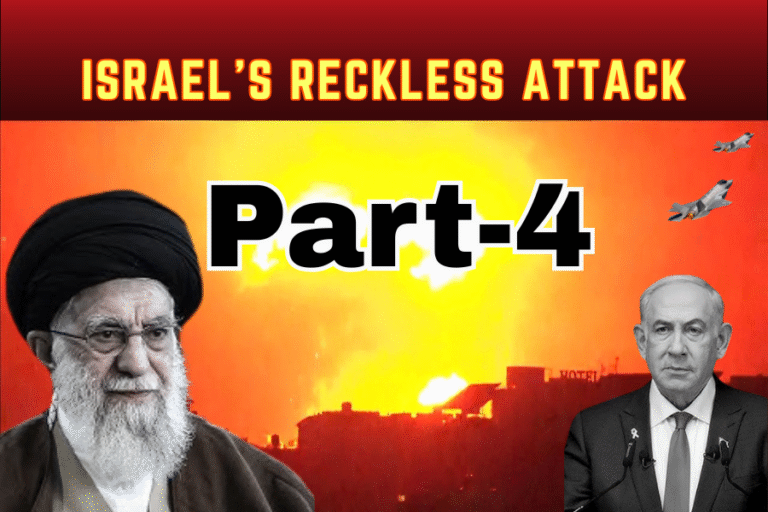
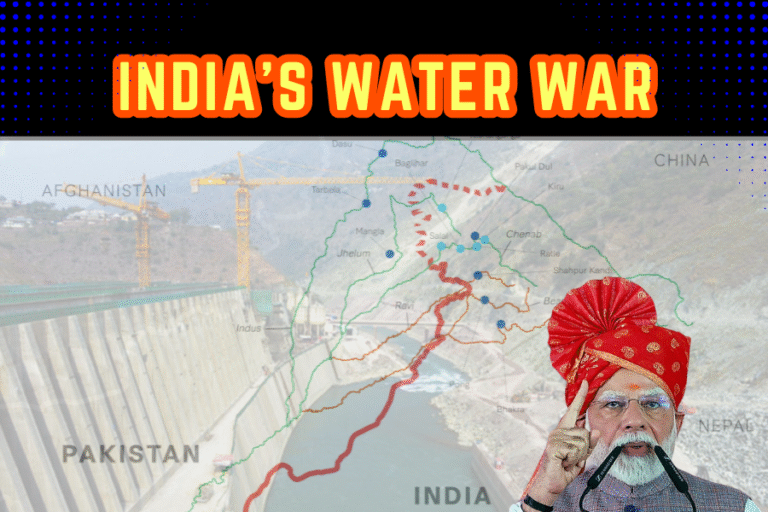
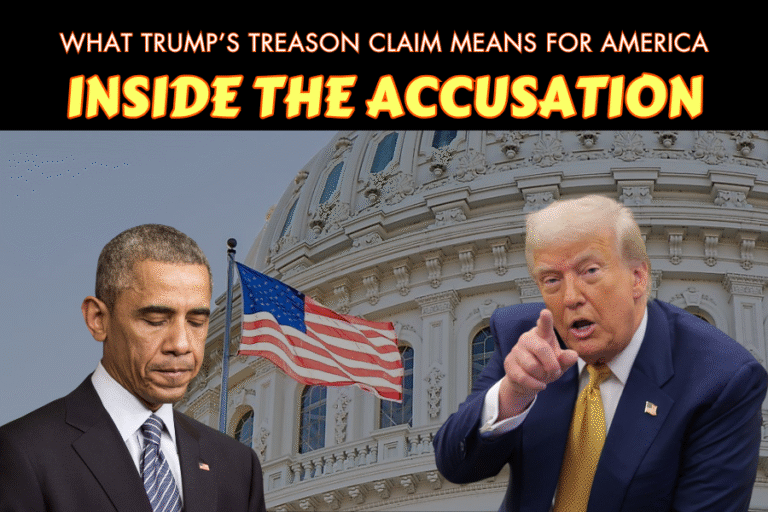

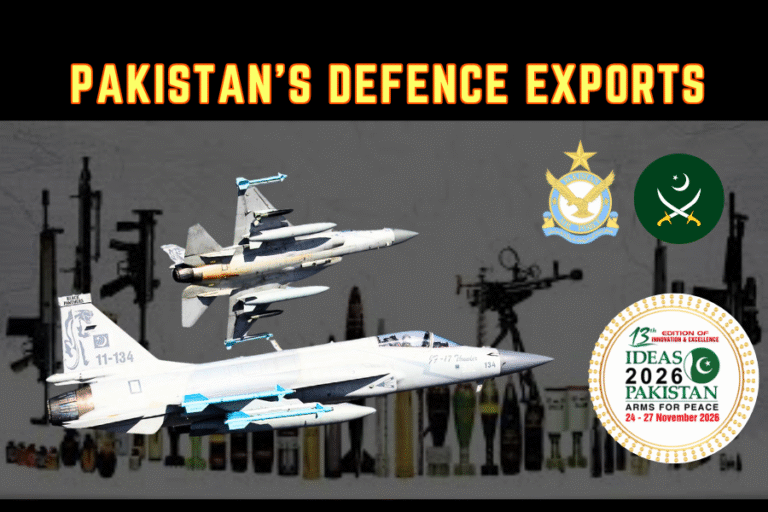
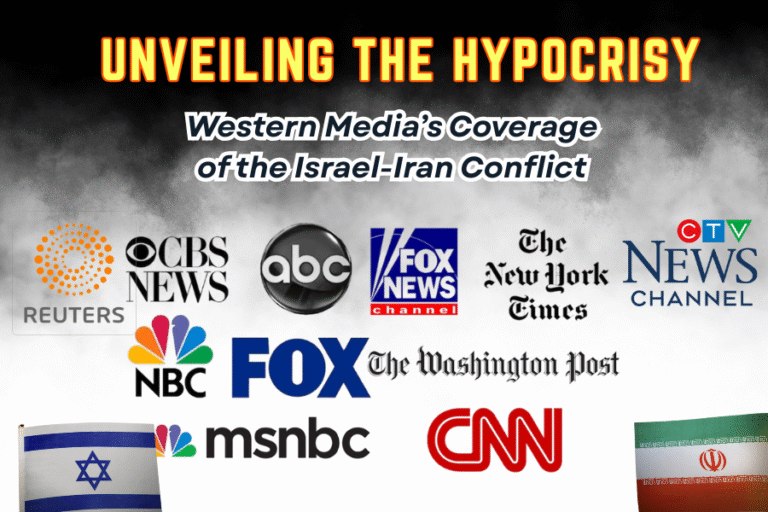
I wanted to thank you for this great read!! I definitely enjoying every little bit of it I have you bookmarked to check out new stuff you post…